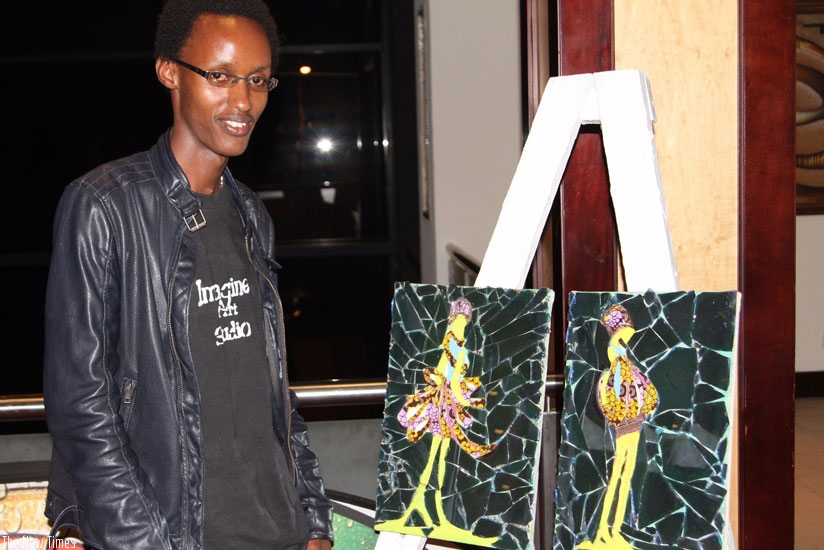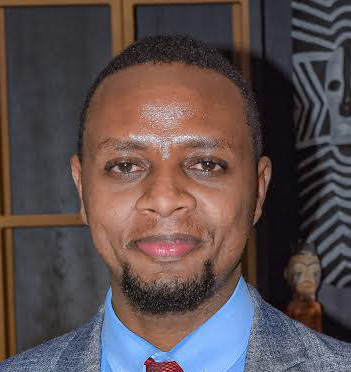At only 24, Faustin Kayiranga has already made a name for himself in visual arts circles around Kigali. Kayiranga, who survived the 1994 Genocide against the Tutsi when the International Red Cross helped him flee to Burundi shortly after both his parents had been murdered, started drawing at a very early age.


At only 24, Faustin Kayiranga has already made a name for himself in visual arts circles around Kigali.
Kayiranga, who survived the 1994 Genocide against the Tutsi when the International Red Cross helped him flee to Burundi shortly after both his parents had been murdered, started drawing at a tender age.
Born in the Southern province of Huye (then Butare), Kayiranga attended Cyonyo and Kivugiza primary schools before joining APAPER where he did his secondary school education. Upon completion, he joined Independent Institute of Lay Adventists of Kigali (UNILAK) to pursue a degree in emergency and disaster recovery. He, however, dropped out in his second year to pursue his dream.
"I always loved visual arts, but it was not until I was in my second year at the university when I really felt that I was in the wrong place. I quit university and took on painting full time,” he said.
His first project was in 2012 where he displayed his painting about the Gacaca system which he named, ‘Isoko y’ukuri’ literally translated as ‘The source of truth’.
"That was my first art piece; it showed people sitting on hills as someone addressed them. The message I wanted to relay was how important Gacaca courts (a traditional Rwandan system of justice) were and the benefits of telling the truth about what really happened during the Genocide,” he says
Kayiranga, who currently works with Nyamirambo based Imagine Art Studio says that he draws his inspiration from nature and people.
He has actively participated in a number of exhibitions locally including 2014 Yego Arts at Heaven Restaurant, 2013 Nyundo Art School, Women Celebration 20, 2012 TVET Expo, and at Hobe Rwanda Cultural Festival at Serena.
Kayiranga said he’s always pleased to showcase how reach Africa is when it comes to clothing.
"I have always been inspired by Rwandan and African fabrics in general. I want to show Africans that they should appreciate and believe in their heritage. Rwandans need to understand that through creativity and innovation they can make whatever they want from their cloth which of course doesn’t undermine their culture,” he said.
He says that he prefers artwork that tells continuous stories in a series.
He noted that there are several challenges in the industry like the lack of materials to use and the scarcity of resources but with passion and patience, anything is possible.


